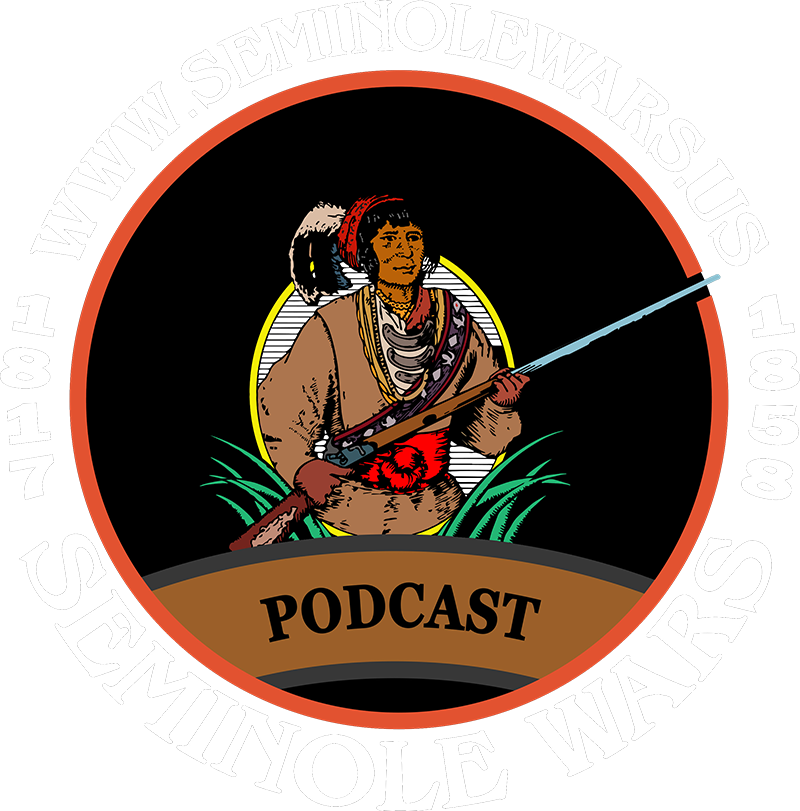Welcome to an exciting journey into the past! We will take you through fascinating discoveries at Fort King, and the unique challenges the archaeologists face. From unearthing window glass and fine china to uncovering the secrets of a fort burned down, Gulf Archaeology Research Institute’s work at Fort King has been nothing short of remarkable. But the journey doesn’t stop there. Dive in, and let’s explore the past together!
Who is Gulf Archaeology Research Institute (GARI?)
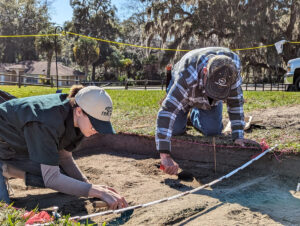
Gulf Archaeology Research Institute (GARI), nestled in Crystal River, Florida, is a beacon of scientific research and preservation. This non-profit organization, established in 1995, has dedicated over 25 years to safeguarding Florida’s rapidly vanishing natural and cultural resources. GARI is a powerhouse of knowledge, divided into three divisions: Social Sciences, Physical Sciences, and Natural Sciences. Each division is staffed by Research Associates, all of whom hold advanced graduate degrees in diverse fields, from Anthropology and Archaeology to Meteorology. GARI’s commendable efforts have been pivotal in preserving Florida’s historical resources, which are under constant threat from sea level rise, construction, development, and agricultural activities.
As one of Florida’s oldest archaeological non-profit research institutes, GARI has the experience and knowledge to help communities understand and preserve their past for future generations. The institute frequently offers lectures, classes, and other public events to engage the community. Being a 501(C)(3) scientific research group, GARI relies heavily on grants and donations to continue its mission.
The Archaeological Process
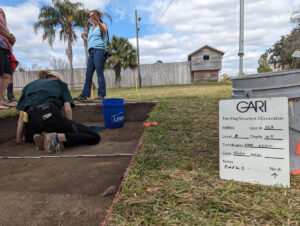
Gulf Archaeology Research Institute (GARI) follows a meticulous process during archaeological digs, such as the one at Fort King. The first principle is to do just enough to get an answer, never fully excavating an entire site. This approach is rooted in the belief that as technology advances, future archaeologists should have something left to explore. Tools like ground penetrating radar (GPR), palynology, and chemical analysis have revolutionized the field since the 70s. One such device is the PXRF (portable x-ray fluorescence), which can analyze an object’s chemical makeup on the spot, much like the Tricorders in Star Trek. This approach not only preserves the site for future exploration but also makes the process more cost-effective and gives the public a reason to return.
The excavation begins with the establishment of a grid system, which helps in maintaining uniformity in measurements across the site and is measured using an engineer scale. This scale uses inches and breaks them up into tenths of feet, allowing for precise measurements like 4.3 feet. This uniformity ensures that every archaeologist in the country can understand the measurements in the same way. These holes in the ground, referred to as excavation units, form the basis of the grid system.
The actual excavation process involves using a flat shovel to shave the ground down until a color change is observed, usually not going further than 3/10ths of an inch. A combination of a shovel and a trowel is used to remove the dirt. After each level is completed, it is troweled down to reveal a freshly shaved surface, which is then mapped, photographed, and documented. This process is repeated, ensuring that no potential findings are missed. The goal is to gather as much data as possible, even if it slows down the process.
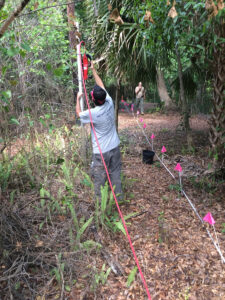
A unique tool used by GARI is a modified vibrating sander, which is attached to a clear PVC tube. This tool, acting like a drill core, vibrates the tube down into the soil, providing a clear picture of the soil layers and helping to locate charcoal or burned soil. This method is usually the first step in a new site, providing a larger picture than geological soil cores. These cores are stored in the lab for later study, acting like little time capsules.
After soil coring, small units are excavated to get a better understanding of the site. The team then strategically targets plots where they have a question or research design. Every action has a plan or purpose, and a goal in mind. Once artifacts are found, they are carefully cleaned, dried, and sealed in airtight bags. Metal artifacts, which can rust quickly, are treated with electrolysis and rust inhibitors. Each artifact is measured, identified, and recorded, providing valuable insights into the past.
Gulf Archaeology has taken significant steps to protect the Fort King site. The entire fort footprint has been capped and filled with clean fill soil . This was done intentionally to protect the fort deposits, especially in areas that were already eroded. The fill, marked by a layer of bright yellow sand, serves as a protective layer over the historical deposits. This allows for future reconstructions or utility installations without damaging the underlying archaeological evidence. While the main area of the fort has been capped and filled, the rest of the site remains uncapped, preserving the historical integrity of the site for future explorations.
Interesting Discoveries and What Has Been Learned
A Timeline of Gulf Archaeology’s Work With Fort King
1998: Prepared an archaeological study to locate the stockade walls of Historic Fort King.
1999: Prepared a Final Report on the archaeological study to locate the stockade walls. This was submitted to the City of Ocala.
2009: Received the Fort King Park Phase I Archaeological Study Grant F0801.
2009: Prepared the Phase I Archaeological Study of the Fort King Park Site and submitted the study to the City of Ocala.
2015: Performed the Fort King East Side Erosion Control Project.
2017: Did a study on the Fort King Road: Battlefields and Baggage Trains.
2020: Performed Archaeological Investigations of the Fort Kijng Blacksmith Shop.
Gulf Archaeology has been making fascinating discoveries at Fort King, shedding light on the lives of the soldiers stationed there and the fort’s operations. One of their amusing interests lies in locating the latrines used by the 300 soldiers. Given the vast space required for farming, living, and the fort itself, the latrines could be anywhere, even under a city block or someone’s garden. Many soldiers camped in tents outside the fort, further complicating the search.
The team has also been intrigued by the absence of trees around the fort. These were cleared for the fort’s construction and defense, with the area progressively cleared further as the war continued to prevent the Seminoles from sneaking up on them. Signal fires were posted at the end to cast shadows of approaching enemies at night. A cowbell, whose location remains unknown, was used to sound warnings. Very likely, the cowbell was auctioned off when the fort was abandoned and then converted to the County Seat.
Gulf Archaeology is also keen on finding supply records, which is one of their upcoming research projects. They have found window glass and fine china, which they believe belonged to the officers. The china was likely the officers’ second-best set, as their wives would never allow them to bring their best china.
The team has also discovered interesting facts about the first fort, which was burned down. Bricks were hard to come by and too expensive to requisition from the North, so they attempted to make their own. Unfortunately, the local clay was unsuitable, leading to a chimney fire.
The archaeologists are currently excited about their field school project, which was sparked when one of the McCall boys, who lived on the property, found bottles in a tree knocked down by Hurricane Gladys. The team is conducting an oral history of all the people present at the time and has interviewed two of the McCall brothers. They learned through these interviews that they may be slightly off on the location by about 50 feet, but plan to move to the correct location once they finish their current unit. They hope to answer questions about the bottles’ origins and why they were left behind.
The team has also found a high cluster of drop shot and musket balls in a corner, which a sketch drawing suggests could have been a magazine. They are also finding windows and ceramics, indicating domestic areas. By plotting the ceramics’ distribution on graph paper, they can gain more information about the fort’s layout.
One of the most intriguing finds is a deep trench in the Northeast corner. The team is eager to return and uncover its purpose. Since starting in 1995, they have learned a great deal about the fort’s location, layout, and usage. They have discovered many structures outside the walls and continue to find new tidbits in the archives.
They have also learned about the construction of the buildings. Many were built on piers for airflow and to prevent the wood from rotting. The construction methods varied, with no grand engineer or blueprint. The buildings were expedient, and so many were built differently, without the benefit of engineers or blueprints.
The Challenges to Overcome
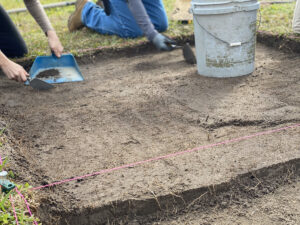
The first challenge faced by Gulf Archaeology in the excavation at Fort King is the poor and fragile nature of the soil, which makes its preservation difficult. The soil is described as “friable,” indicating its delicate and easily crumbled state. This poses a significant challenge as it can lead to the loss or damage of potential artifacts and archaeological evidence.
Secondly, the local fauna, particularly rodents, can interfere with the excavation process. These creatures have a tendency to burrow and move artifacts from their original locations, sometimes leaving pattern drag marks. This can lead to confusion and misinterpretation of the site’s archaeological context.
Another challenge is the permanent record left by every soil disturbance. If not handled carefully, these disturbances can lead to misinterpretations of the site. For instance, digging a hole displaces the layered soil and mixes it up, which can be misleading when trying to understand the site’s history and development.
Locating the archaeological record can also be a difficult task, and sometimes the records are not accurate. This can lead to further complications in the excavation process and the interpretation of the site’s history.
The site at Fort King presents a unique challenge as it has two forts built on top of each other. Distinguishing artifacts from the first and second fort requires careful examination and interpretation. For example, determining whether an artifact is from the first or second fort can be done by looking at the condition of the artifact, such as whether nails are rusted or pristine, or the color change in bottle glass due to burning. However, there is ambiguity as it is unclear whether everything was burned during the destruction of the first fort or if some structures were simply torn down and moved.
Lastly, archaeology is an expensive endeavor. Gulf Archaeology relies on grants for funding, which can be a limiting factor in their excavation efforts. This financial constraint can impact the extent and depth of the excavation, as well as the resources available for analysis and interpretation of the findings.
How Can You Help?
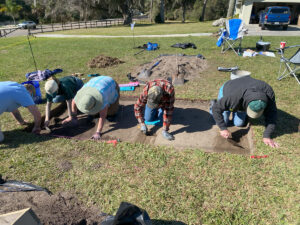
The public can play a crucial role in supporting Gulf Archaeology’s efforts. One way is by contributing to a unique bottle display. If you have any bottles found in 1968, Gulf Archaeology would love to display them with your family name, preserving and protecting these artifacts for future generations.
Another way to support this is by following Gulf Archaeology on their Facebook page. Donations are particularly valuable as they are used as a cash match for grants, amplifying the impact of each contribution. You can donate here: https://gulfarchaeology.org/donate/
Gulf Archaeology also offers a Field Experience program, where participants can work alongside GARI staff for a week, learning how to excavate, analyze data, and conserve artifacts. This program, which costs $500 per person, runs throughout the year and is open to anyone above the age of 16. Participants under 16 must register and participate with an adult. The next class will be from July 7-12 and More information can be found on their website: https://gulfarchaeology.org/classes/
Lastly, the public is encouraged to attend Public Days, which provide an opportunity to engage with the site and learn more about its historical significance. The next Public Archaeology Day is on July 20th.
By participating in these initiatives, the public can help Gulf Archaeology in its mission to understand, protect, and interpret historical sites for future generations.

